Save money by increasing your budget with smart strategies—start by exploring ways to cut down on your expenses.
You can save money on groceries and homes insurance by making minor adjustments. Although it takes more effort, reducing larger costs like rent, mortgage, and auto payments might result in a larger budget gain.
Here’s how to reduce your monthly costs in these areas and cut your bills:
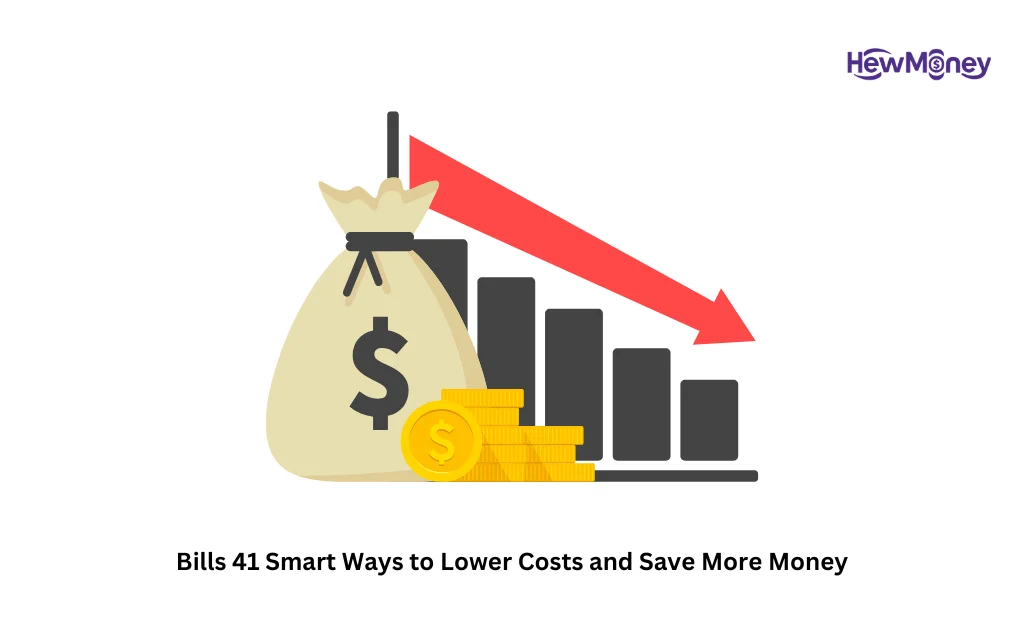
Housing
Although it takes more effort than, say, cutting your grocery expenditure, lowering your home costs can result in significant savings. Find out how to reduce your mortgage, rent, and homeowners insurance costs.
Rent
1. Reduce the size. Depending on the city, you could save hundreds of dollars on rent if you move your family from a three-bedroom apartment to a two-bedroom one. However, it can require removing a guest room or expanding the number of bedrooms.
2. Find a roommate. Upgrading to a larger apartment can reduce your rent, which may seem contradictory, but only if you live with a roommate who pays rent.
For instance, according to the website Apartment List, the median rent for a two-bedroom apartment in Pittsburgh right now is $1,364. If divided between two persons, that comes to around $682 per person, as opposed to the typical rent of $1,120 for a one-bedroom apartment alone.
3. Engage in negotiations. Try haggling with your landlord if relocation is not an option. In exchange for a longer lease or you doing your own repairs, they could be ready to reduce your rent.
Mortgage
4. Take out a mortgage refinance. Your monthly mortgage payment may be reduced if you can reduce your current interest rate.
You can see how much you could save by using our mortgage refinance calculator.
To receive the best rate possible, get your free credit score and make sure it is in good condition. After that, search about and evaluate the costs and rates offered by other lenders.
5. Do away with your private mortgage policy. You probably needed private mortgage insurance if you made a down payment of less than 20% on your house. Once your mortgage balance falls to 80% of the home’s original appraised value or current market value, your lender ought to remove the PMI requirement.
Among other things, the loan amount and the borrower’s credit score determine the average yearly cost of PMI. The Urban Institute’s Housing Finance Policy Center reported in December 2023 that it typically ranges from 0.46% to 1.5% of the loan amount. The lowest PMI rates are offered to borrowers with outstanding credit. (Discover the ranges of credit scores.)
With FHA loans, which are backed by the Federal Housing Administration, mortgage insurance operates somewhat differently. (Read more about mortgage insurance provided by FHA.
Homeowners insurance
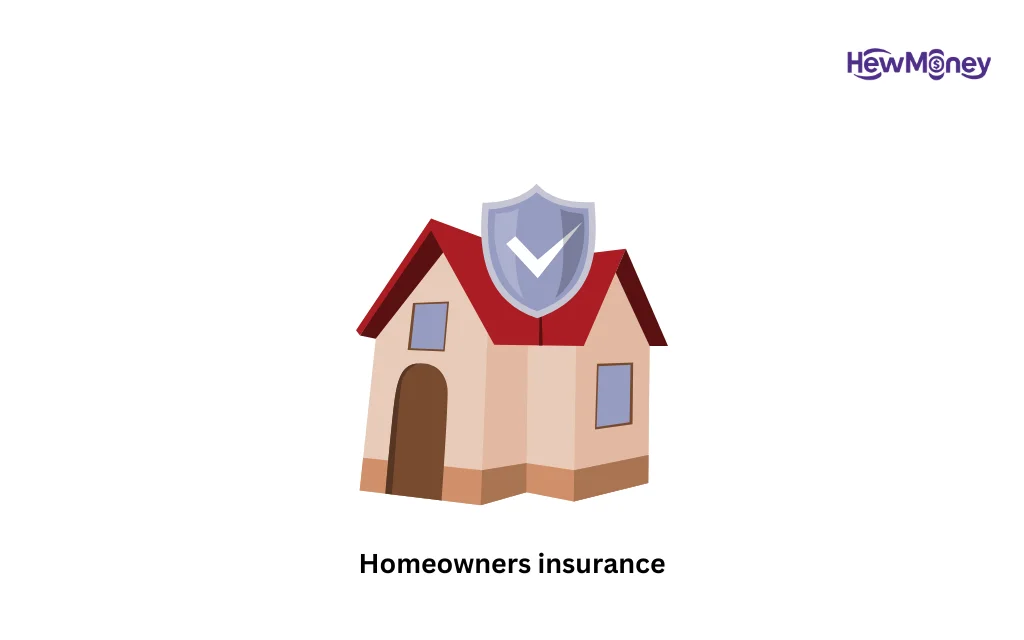
6. Compare prices to get the greatest deal. An review of the average cost of homeowners insurance by NerdWallet shows that the average monthly premium is $160. Obtain multiple quotations prior to choosing an insurance.
7. Combine auto and home insurance. Depending on the insurer and where you live, this could result in a 30% reduction in your insurance price.
8. Search for sales. Inquire about any potential savings from your insurer. By paying in full, registering for electronic payments, or installing a home security system, for instance, you might be able to reduce the cost of your homeowners insurance.
Cable and internet
9.Combine your internet and cable. If you combine your internet and television services with the same provider, you may usually save money on both. By moving to a slower speed tier or choosing to purchase a modem instead of renting one from your provider, you can also cut your internet expenses.
Cell phone
10. Enroll in paperless and automated payment systems. Signing up for paperless billing and automatic payments helps you make sure you pay your bills on time, and many wireless carriers, such as Verizon, AT&T, and T-Mobile, offer monthly discounts on select plans.
Keep an eye on your finances to ensure you have enough to cover these expenditures without going beyond, just like you would with any automated payment.
11. Modify or cancel your policy. To find out whether your cell phone company has a less costly protection plan, check with them. Standard insurance is frequently less expensive than premium choices and may offer sufficient coverage.
12. Change your provider or plan. Examine your plan and data usage, then check with your carrier or another to see if you can obtain a better bargain. Remember that prepaid phone plans are usually the least expensive.
Electricity, heat and water
13. Turn the thermostat down. Your heating expense can be reduced by lowering the temperature at night or while you are gone. You can also reduce your gas or heating costs by doing the same with your water heater.
14. Turn off energy-consuming devices. A smart power strip can lower your electricity costs by cutting off power to gadgets that are not in use. For information relevant to your household, think about asking your utility provider for an energy audit.
Transportation
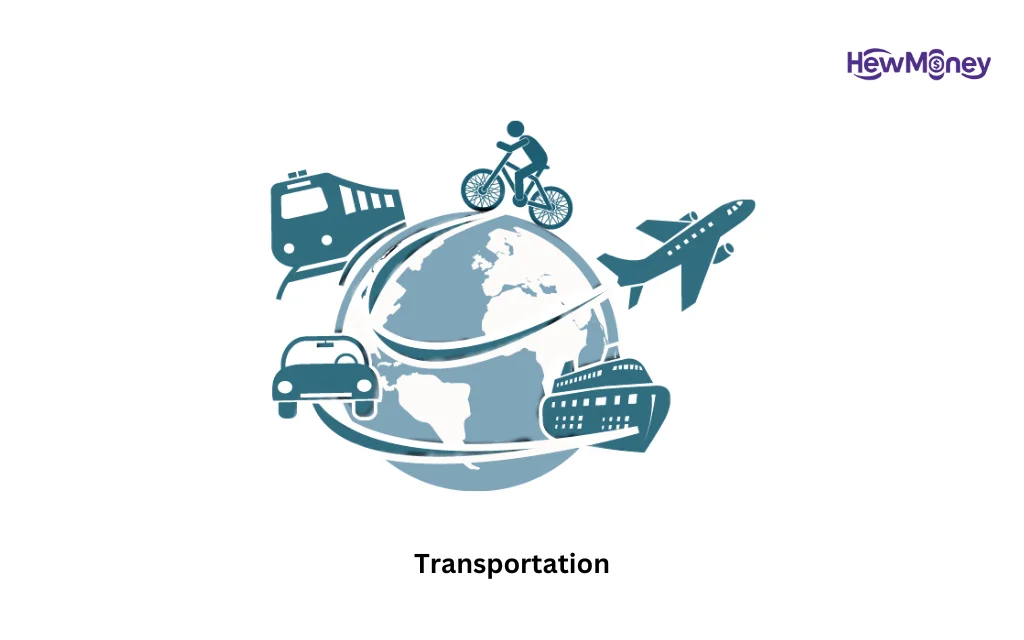
Transportation costs, whether for a car or a monthly metro pass, fall squarely into the “needs” category of most budgets. Find more room in your budget by lowering what you spend on getting around every month.
Car payment
15. Take out a new loan for your car. By extending the term of your loan or being eligible for a higher interest rate, you may be able to reduce your auto payment. A history of six to twelve months of on-time payments is required.
16. Get rid of your vehicle. Consider selling your vehicle and paying off all or most of your existing auto loan with the money you receive. Next, choose a less costly model, ideally a used vehicle, since they will hold their worth longer than new ones.
Aim to keep your overall expenses, including petrol, insurance, car payments, registration, and repairs, under 20% of your take-home pay, or net income, regardless of whether you choose a new or used vehicle.
17. Consider if you really need a car. If the response is no, sell your vehicle and utilize the money received to settle your current auto loan. You should be able to pay for public transit (more on that below) and the occasional rideshare ride with the money you save each month on insurance, petrol, parking, and maintenance.
Auto insurance
18. Raise your deductible. A greater deductible will reduce your monthly insurance price but increase your out-of-pocket expenses in the event of an accident.
19. Cut back on your coverage. For an older vehicle, full coverage might not be required. If the value of your automobile is less than your deductible plus a year’s worth of premiums, you might want to consider removing collision and comprehensive coverage, which cover damage to your car.
20. Inquire about savings like multi-driver, careful driver, and good student insurance, or combine your auto insurance with your life or house insurance.
Food
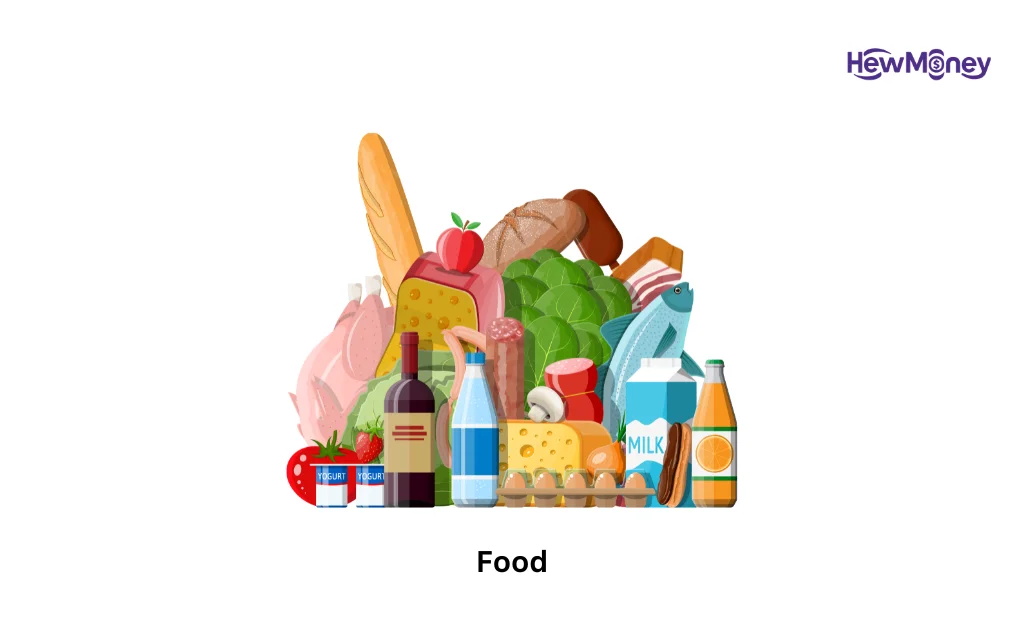
Switching to store brands at the grocery store and finding discounts may cut your food costs.
Groceries
- Make a grocery list. You’re less likely to overspend if you have a plan. Plus, you can look for coupons and save money on groceries. (Learn more about how to coupon.
22. Opt for the store brand. Generic labels and store brands are a surefire way to save money, even if you’re shopping at pricier stores.
- Become a member. Unlock exclusive offers and coupons by signing up for the store’s loyalty program and downloading its app, if it has one.
Dining out
24. Examine specialties. Benefit from happy hours and other promotions, such as game-day discounts, Taco Tuesday offers, and burger evenings.
25. Either omit or divide the appetizer. Reduce your dining expenses by $5 to $10 by ordering an appetizer rather than an entree. Or split an entree with your date or friend to save money.
Debt
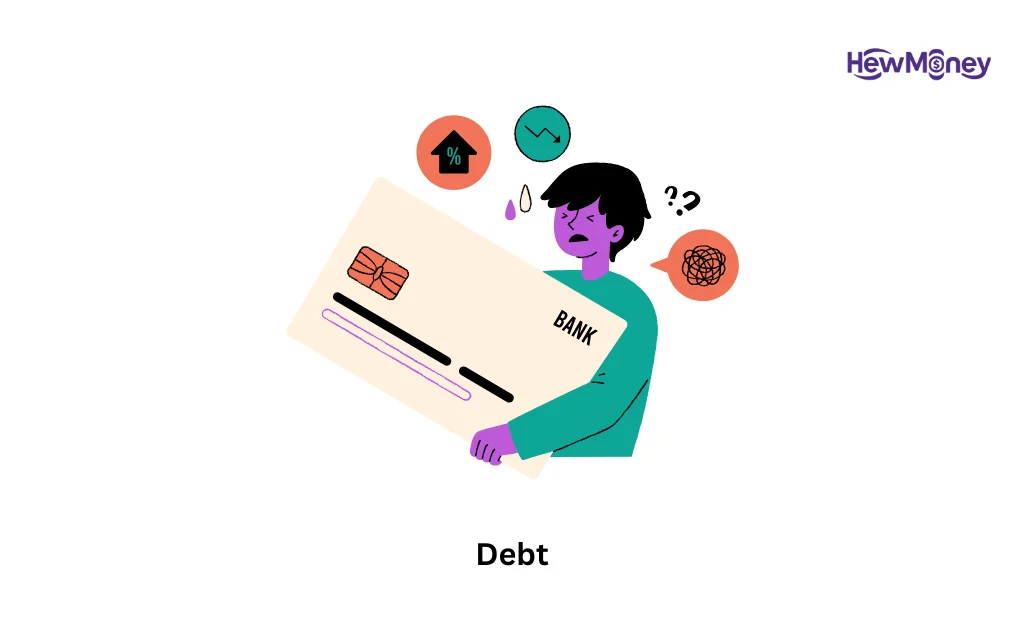
There are numerous approaches to debt repayment, including using a loan or credit card for debt consolidation or managing your debt on your own using techniques like the debt avalanche or snowball.
26. Submit an application for a repayment plan based on income. A number of income-based federal loan alternatives limit your monthly payments to between 5% and 20% of your disposable income.
Important information: Under Donald Trump’s administration, these income-driven repayment programs, the SAVE repayment plan, and student loan forgiveness might all be discontinued. Find out what to anticipate for borrowers in 2025 and beyond.
27. Request a forbearance or deferment. These temporarily stop your payments. Interest could still be accrued, though, raising your total balance. Applying for an income-driven repayment plan initially is a smart move. Although private loans do not have the same safeguards, your lender could be willing to negotiate with you to lower or even stop your payments for a while.
28. Take out a student loan refinance. By refinancing student loans with a private lender, you can reduce your payments if you are eligible for a better interest rate. You will no longer have any federal protections if you choose this option.
Credit card debt
29 Request a reduced interest rate. If you have a decent credit score and a consistent payment history, your card issuer is more likely to offer you a lower interest rate.
30. Make the balance transfer. Use an existing card to take advantage of a balance transfer offer, or apply for a balance transfer card with no interest. You can pay off your balance interest-free for a specified amount of time by moving it to either; beyond that time, you will have to pay interest on your balance. Usually, this move takes a very high credit score.
31. Get your credit card debt consolidated. Interest rates on personal loans are frequently lower than those on credit cards. Consolidating your credit card debt with a personal loan, if you are eligible, can reduce your monthly payments and ultimately save you money on interest.
Memberships

Even if your monthly subscriptions might not seem like much, $7.99 here and $9.99 there can rapidly mount up. To reduce your membership expenses, use these pointers.
Streaming services
32. Do not sign up for too many services at once. If a service only offers a few shows you like, think about binge-watching them before terminating the subscription. Utilize free trials as well to view whatever you want throughout that time frame without having to pay for it.
Long-term cost savings can also be achieved by locating a service that offers several advantages. For instance, subscribers of Amazon Prime receive free shipping and streaming access to hundreds of films and television series. (If you have to pick just one, find out which streaming service is ideal for you.)
33. Examine family arrangements. Well-known music streaming services like Apple Music and Spotify also provide family plans that let several users share an account and save a lot of money.
Gym memberships
34. Try to get the monthly membership fee reduced. To get the greatest deal, enter the discussion prepared with the prices of your competitors as well as the gym’s own new client specials.
35. Stop going to the gym and cancel your membership. You may try out a few classes for free at most gyms and studios. Additionally, a lot of yoga studios provide free or donation-based community courses. You can work out hard without leaving your house with thousands of free online workouts; all you need is commitment.
Magazines and newspapers
36. Get rid of any magazines you do not frequently read. If a discounted rate becomes available later, you can always resubscribe. Better still, get one from the library in your area.
37. Reduce the number of print subscriptions. Are you unwilling to stop reading The Wall Street Journal or The New York Times every day? Consider choosing for digital-only editions or for Sunday-only print deliveries.
Shopping

Finding affordable alternatives makes sense because purchases like apparel and household products might account for a sizable portion of your budget.
Clothing
38. Purchase used goods. You can do more than just donate stuff at thrift stores. You can save money in a sustainable way by shopping at thrift stores and other establishments that let you do so. Remember that many consignment and thrift businesses frequently offer exclusive sales or give you additional savings when you donate.
39. Get rid of your clothing. Local consignment shops and physical secondhand stores like Buffalo Exchange are good places to sell your gently worn clothing. Another option is to use a virtual secondhand store like thredUP, where you can buy and sell goods. You simply pack up your belongings and ship them using the bag and shipping label that thredUP provides, and you will get paid for the goods that are accepted.
40.Use social media to find inexpensive or free apparel. Search on Facebook or Nextdoor for “freecycle” or “buy/sell” groups, where members offer products at no charge or less than new. Clothing exchanges are another common practice in many communities, where participants bring clean, unwanted clothes to trade for others’. Sometimes they have a size or category theme, like maternity clothing.
Household purchases
41. Shop wisely online to save money. For example, Honey and RetailMeNot are browser coupon extensions that look for the greatest coupons online and let you add them to your online shopping cart. Additionally, websites can assist you in comparing costs before making a purchase.

